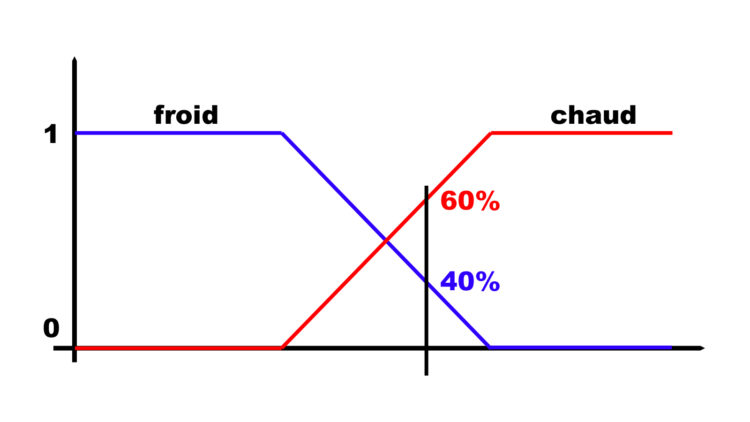Fuzzy logic is among those basic techniques that any automation engineer should know how to apply when dealing with suitable challenges. But what is fuzzy logic?
Formulated in the mid 60’s by Lofti Zadeh, fuzzy logic is above all a generalization of Boolean logic. It introduces a graduation into a concept that was previously either true or false.
In the following article, we will explain the fuzzy logic principle through a trivial example: an electric heating device with a variable heating power.

